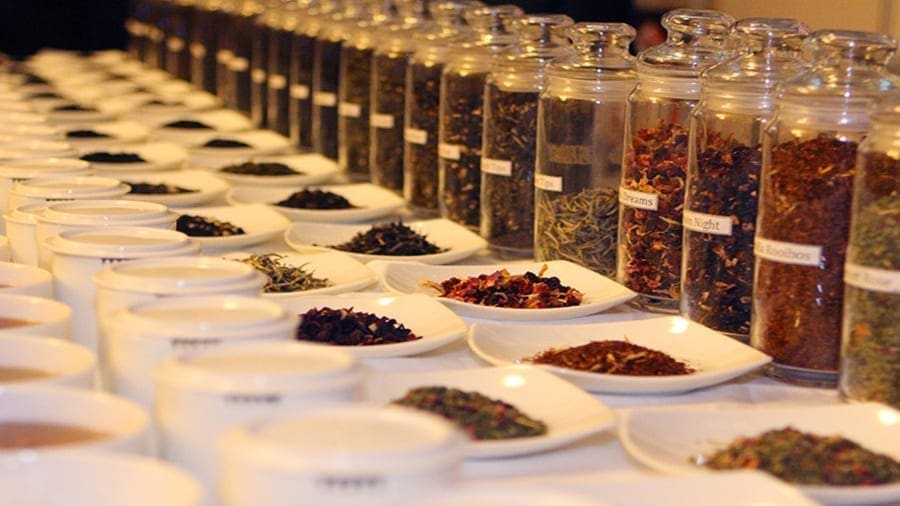GHANA – The government of Ghana has inaugurated the GH¢7.3 million (US$1.2m) Savelugu rice processing factory in the Northern Region.
The state-of-the art facility features modern parboiling, milling and packaging lines, with an expected production capacity of 1.5 tonnes – 2.8 tonnes of processed rice per hour.
According to the state, the factory has a standby generator plant and a mechanised borehole to supply it with water.
It also has a fully furnished office accommodation for staff, a conference room, laboratory and a canteen/kitchen.
The Savelugu Rice Factory has been constructed under the 1-District-1-Factory Common User Facility (CUF), by the Rural Enterprises Programme (REP) under the Ministry of Trade and Industry.
It is set to employ about 118 people including management professionals, factory floor workers and plantation workers who will work on a nucleus rice farm.
In addition, over 600 farmers from Savelugu Municipality and neighbouring communities will be directly engaged to supply paddy rice for processing.
With funding from the African Development Bank, the Rural Enterprises Programme (REP) has further established four more of these CUFs nationwide to include: 2 rice processing units, one oil palm processing factory and a maize processing establishment.
Ghana’s per capita rice consumption is estimated at about 48kg/year
USDA
Ghana strives to be self-sufficient in rice production
The launch of the Savelugu rice processing factory is timely as Ghana is seeking to attain self-sufficiency in rice production, targeting to produce 1.6 million metric tonnes of milled rice by 2023.
According to a recent GAIN report by USDA, domestic rice production in the West African country in the Marketing Year (MY) 2021/22 is forecast at 600,000 MT, an increase of about five percent above the MY2020/21 estimate of 570,000 MT.
This is far below the local demand as consumption is set at 1.58 MMT, up by almost two percent from previous year’s 1.55 MMT.
Rice is the second most important cereal after corn in Ghana, and has become a major staple food. The per capita rice consumption is estimated at about 48kg/year.
With the country’s population now estimated at over 31 million in 2021, and growth rate of 2.12%, rice consumption is expected to increase accordingly.
As the government strives to bridge the demand gap in conjunction with the private sector, the country is still reliant on rice imports.
During the period under review, rice imports are forecast at 950,000 MT, unchanged from MY2020/21.
This trend of stabilization and potentially an eventual dip in rice imports is expected in the coming years a result of aggressive domestic efforts to increase production and also improve processing quality.
Last year October, the government inaugurated a rice processing center in the Adansi-South District of the Ashanti Region with a processing capacity of 140 bags of rice per day.
It was constructed under the supervision of the Ministry of Food and Agriculture and B. Kaakyire Agro Chemicals Company Limited.
Liked this article? Subscribe to Food Business Africa News, our regular email newsletters with the latest news insights from Africa and the World’s food and agro industry. SUBSCRIBE HERE










